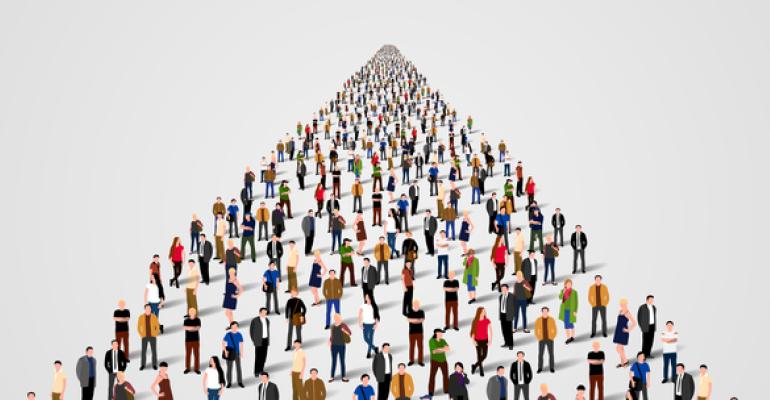Visa wait times are a long-running issue for travelers who want to enter the U.S. from any of the countries that are not part of the U.S. Visa Waiver Program, but particularly those coming from India and Mexico.
Back in 2006, MeetingsNet reported on recommendations by the U.S. Government Accountability Office to shorten visa delays when the average wait time in Mumbai, India, was 106 days and in Mexico City 134 days. Today, the situation is far more challenging: The average visa wait time in mid-August for travelers from Mexico was 726 days, and 484 days for those from India.
Only 27 countries are part of the U.S. Visa Waiver Program, so travelers coming from all other countries of the world need a visa to enter the United States.
The U.S. State Department has attributed the especially long wait times to pandemic-era restrictions that prevented embassies and consulates from interviewing visa applicants in person. However, wait times continue to grow. In Mexico, the average wait time in mid-August was 25 days longer than in early July, and in India, the reported wait time in mid-August was about 74 days longer than in early July.
Other markets currently seeing extremely long wait times include Brazil (220 days), Colombia (797 days), and Dominican Republic (340 days), according to the U.S. Travel Association.
Event organizers aiming to attract international buyers, exhibitors, sponsors, and speakers to their trade shows and conferences are especially impacted by these travel barriers—which is why the Exhibitions & Conferences Alliance is applauding the new Visa Processing Improvement Act, bipartisan legislation introduced in the Senate on July 27 by Sen. Amy Klobuchar (D-MN) and Sen. Jerry Moran (R-KS).
The proposed legislation would improve visa processing by requiring the U.S. Department of State’s Bureau of Consular Affairs to set goals for interview wait times and focus resources on embassies and consulates that don’t meet those goals. It would also allow the bureau to waive some in-person interviews and pilot video-conference interviews for pre-vetted and low-risk applicants.
“Unacceptable visa delays continue to hold back the industry’s otherwise remarkable rebound,” said Vinnie Polito, CEO of the Society of Independent Show Organizers and ECA Co-President. “From setting clear goals for interview wait times to introducing new modernized processes, the Visa Processing Improvement Act would improve visa operations at U.S. embassies and consulates around the world and help our international stakeholders get back to business in the U.S.”





